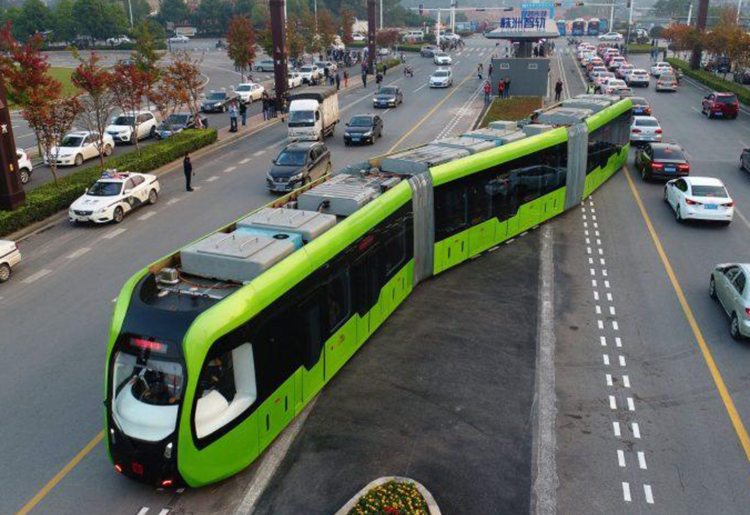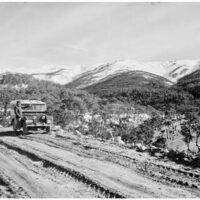In regard to the Corona virus, we must be totally committed to limiting travel and washing hands and so on. But some people will still have to travel. Is there still a role for public transport? And if so, what are or should the service providers be doing?
Yale Wong is from the Institute of Transport and Logistics Studies at The University of Sydney. He has been looking at this situation around the world.
Key Points from the interview
Should we shut down public transport?
- While they discouraged discretionary travel, China did not shut down its public transport network except initially in Wuhan and in some areas where buses were deployed to specifically carry health workers. A service in Wuhan has now been restored.
- Australia has driven down the cost of public transport which provides a different service to the gold-plated ones you see in Europe and the labor-intensive ones you see in Asia.
Specific actions on buses and trains
- In China and other areas sanitising has gone from a sweep of the bus at night to full sanitised efforts (with workers in protective gear) at the end of each trip
- Mechanised cleaning is being looked at, not only for buses and carriages, but also for stations and bus stops. Some areas are looking at or starting systems such as Shanghai with UV sanitation methods and Hong Kong with robotic train carriage cleaners.
- In China there is a directive for only one person per seat thus reducing the capacity by at least 50%.
- Keeping a social distance (Yale’s preference is for the expression “Physical distancing”) is policed with CCTV and in some places where people are queuing there are marks on the ground to indicate the distance you should keep apart.
- Ventilation is very important. Public transport spaces are confined spaces that are often poorly ventilated. In Hong Kong some opening windows have been retrofitted onto buses. More frequent changing of air filters might be one action we can take in Australia.
Protecting the bus drivers
- Bus drivers are often in the higher risk groups with high average ages, and a job that does not give a lot of incidental exercise that would enhance their fitness levels.
- Providing masks is not an option we have pushed hard for
- Making passengers board and alight through the middle door
- Stop people sitting in the row of seats immediately behind the driver.
- Stop cash payments
- In Australia the Unions have spoken strongly about this issue
Vehicle design
- “I think it’s very likely we’ll see specifications that are linked to what has occurred in the Corona virus outbreaks”.
- The length of time the Coronavirus lingers depends very much on the nature of the surface. In the air it is about three hours. On stainless steel and plastics, the kind of materials that are commonly used on hand rails it can be two to three days. “In places like Hong Kong they’re not stainless steel, they’re all covered in some sort of material”. This raises issues about sanitation from other bugs and diseases.
Have we created a situation that is poorly placed to cope with the unexpected?
- “Well, that is that’s a fairly loaded question. I’m quite wary to make too much of a judgement on this issue”
- “I think changing away from just a pure focus on cost efficiency to a more triple bottom line, focussed on things like quality and other aspects that that are really important”






